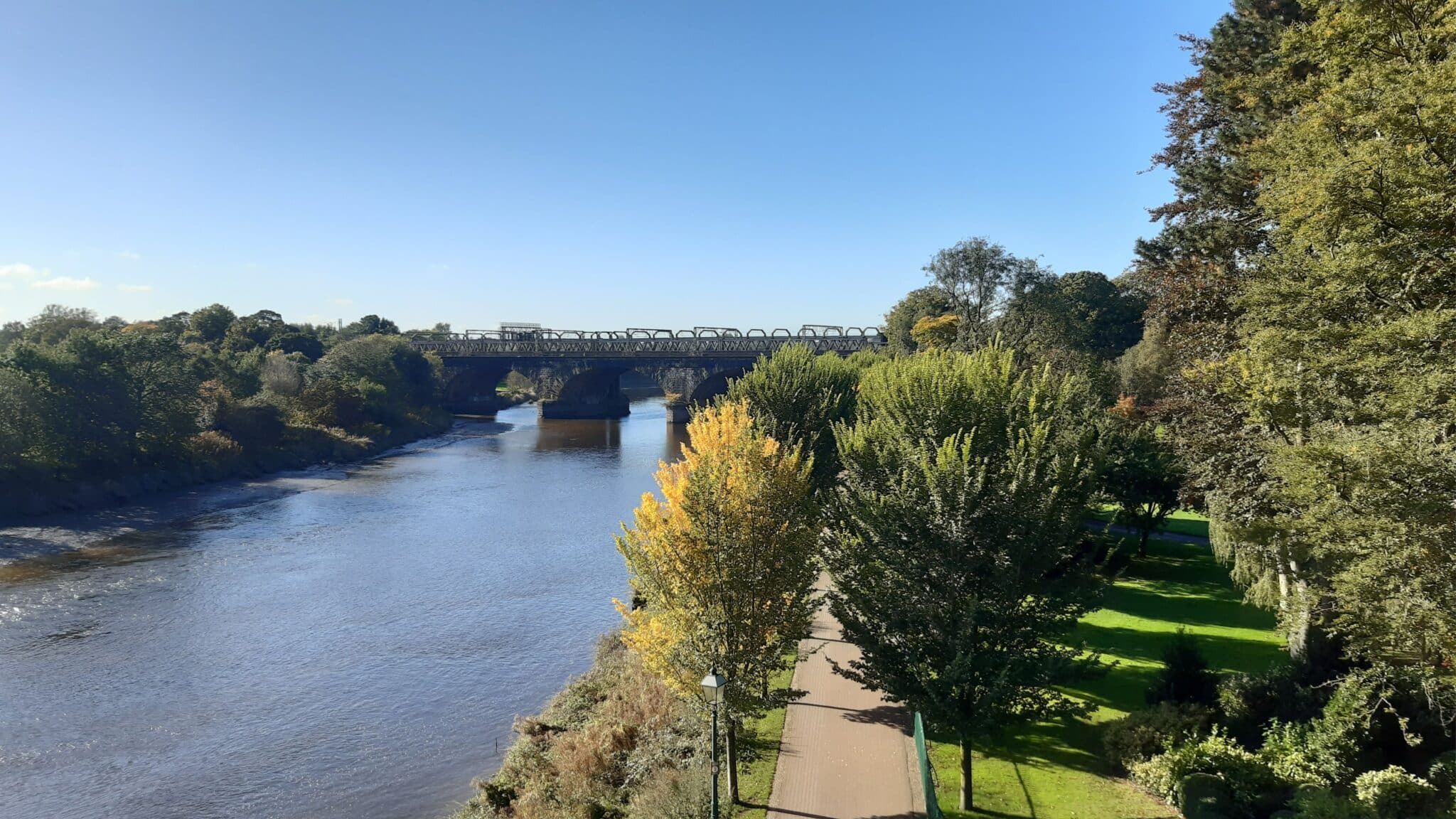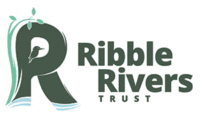
Ribble Life Partnership
The Ribble Life Partnership was first established in 2011 as part of a pioneering Defra-funded pilot project inspired by the EU Water Framework Directive. The goal was simple but ambitious: to bring together local communities, farmers, businesses, and public sector organisations to improve water quality at a catchment scale. This approach, known as the Catchment-Based Approach (CaBA), has been at the heart of everything we do since 2013.
In 2015, the partnership received support from the National Lottery Heritage Fund to launch its first major initiative- the Ribble Life Together project. This ambitious multi million pound project was designed to celebrate and improve our rivers for people and wildlife alike, and proved to be a resounding success.
Who’s involved in the Ribble Life Partnership?
Today, the Ribble Life Partnership includes more than 20 organisations, such as United Utilities, Environment Agency, RSPB, Forest of Bowland AONB, Forestry Commission, Natural England, Woodland Trust, Yorkshire Dales Millennium Trust, Yorkshire Dales National Park Authority, NFU, RFCA, as well as local authorities and grassroots community groups. Together, we pool our expertise, resources, and passion for healthy rivers.
Our objectives
The partnership works towards shared goals that benefit people, wildlife, and the wider environment:
- To ensure that improvements to rivers in the Ribble catchment support a healthy local economy
- To share information and communicate effectively across the Ribble catchment
- To work together to maintain and improve the biodiversity of the Ribble catchment
- To reduce pollution and improve the quality of water in the Ribble catchment
- To enhance the amenity value of the Ribble catchment
The power of collaboration
Collaboration is at the heart of the Ribble Life Partnership’s success. By joining forces, we can achieve so much more than we could alone and working together allows us to combine our resources and our funding to deliver larger, more impactful projects. It also enables us to share information to identify problem areas faster and exchange knowledge and best practice so we can learn from each other and improve how we work.
To make sure our work is targeted and effective, we’ve collected and analysed huge amounts of data from across the Ribble catchment. This evidence helps us prioritise the areas most in need of restoration and develop clear, measurable goals for the years ahead. These goals include:
- Improving water quality by reducing diffuse pollution sources including faecal matter to improve coastal bathing waters.
- Increasing biodiversity by improving and creating riverine & other habitats, increasing habitat connectivity and promoting renaturalisation.
- Using natural processes to aid in reducing natural flood risk.
- Improved access and information for residents and visitors to utilise rivers and streams for recreation.
- Promoting education, increased awareness, engagement and understanding of riverine heritage.
- Provide training, volunteering and other opportunities for all to become involved in improving and celebrating their river heritage.
- Increased use of the catchment for local tourism & recreation, as well as working with local businesses.
- Increased carbon sequestration and shading of streams to help mitigate climate change.
- Demonstrate how aligned partners activities can have a range of multiple benefits

